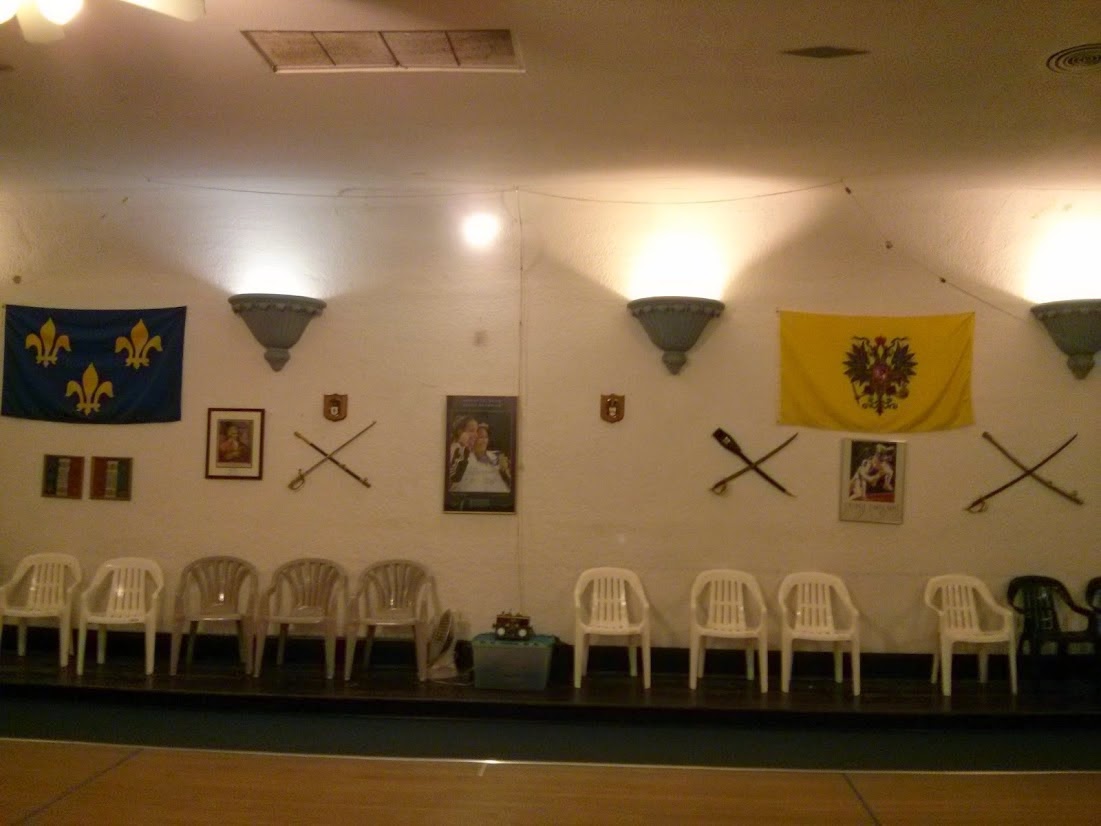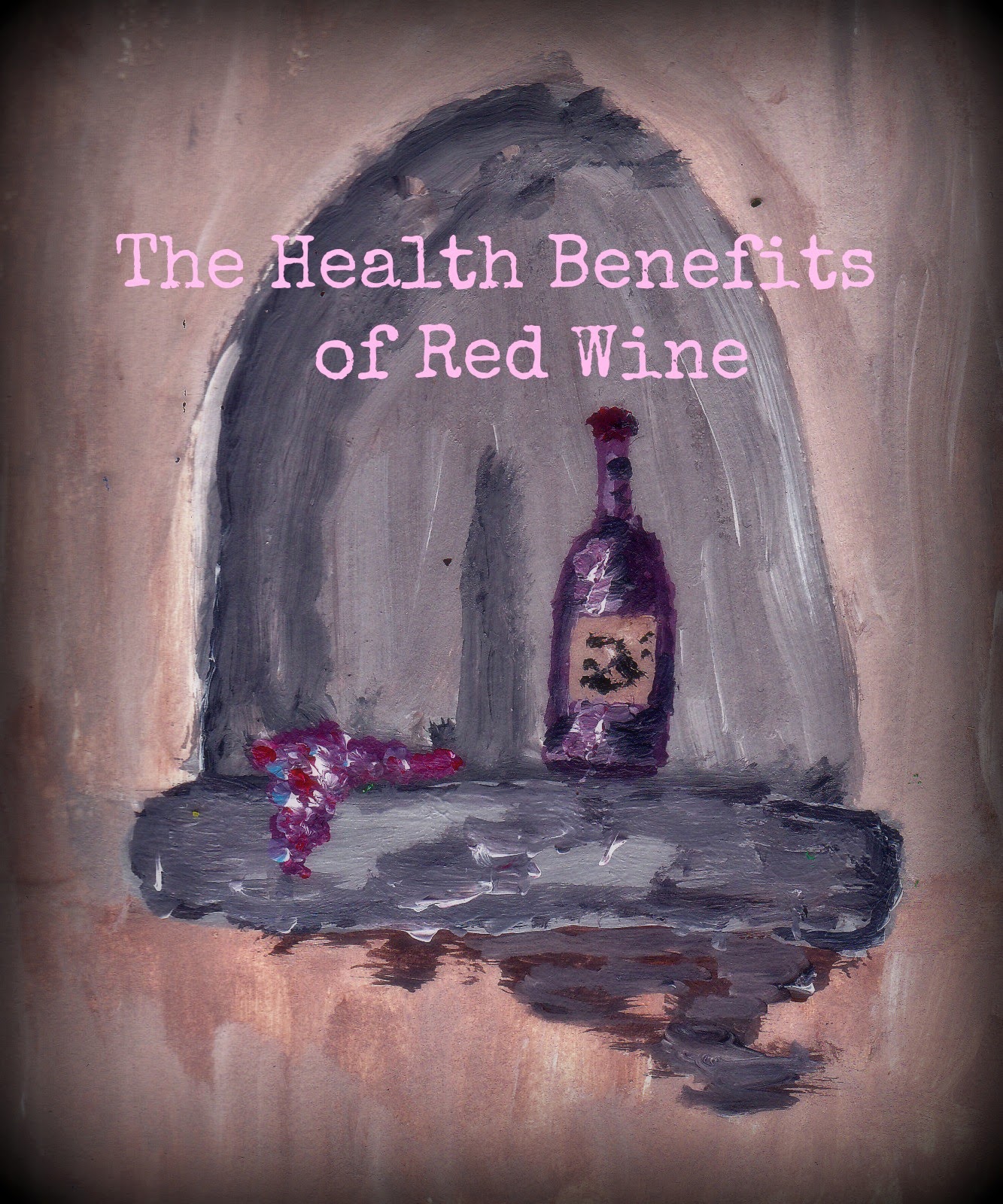Groups work together to come up with ideas. These
groups may be inter or intra-company formations that focus on particular
problems. The process in which they generate ideas and evaluate these ideas is
important for the development of stronger business models and group decision-making.
A study Harvey & Kou (2013) focused on evaluating group decision-making and
found that the idea generation process eventually moves into four modes of
group interaction that can be used individually or in combination to determine
the merits of each idea.
The group process is important for determining how
groups work through problems and find solutions. With greater understanding it
is easier to formulate and train groups to make better decisions that have a
real impact on the environment. The power of group decisions may be based in
their ability to generate more ideas and evaluate those ideas from multiple
perspectives.
The four different ways in which evaluation
processes occur is in parallel interactions where several ideas are generated
and evaluated, interactive evaluation by which a couple of ideas are evaluated
based upon group goals, brainstorming without evaluation, and sequential evaluation
whereby one’s idea is generated and evaluated before introducing another.
Brainstorming without evaluation is great for
generating ideas but these ideas will eventually need to be evaluated through
the group process to determine which are most likely to work. The Use of
collective development of creative products works best when small and diverse
groups are able to draw on multiple perspectives and expertise to create new
and useful ideas to be evaluated for those that achieve potential goals (Nemeth,
1997).
The process of brainstorming (ideation) and
evaluation helps to ensure that the quality of ideas is beneficial (Paletz and
Schunn, 2010). Ideas should start out as free flowing to create as many
different pathways to understanding as possible. Potential problems can be seen
from different perspectives and backgrounds. The evaluation process ensures
that those who are most likely to be successful are selected for use or further
study.
They found that groups used an evaluation-centered
sequence whereby a small group of ideas were evaluated in parallel form. This
helped the group to create a mental problem framework that allowed them to
elaborate and integrate their ideas. The study does help highlight how defining
group goals is important for encouraging a mental framework to understand the
problem and how the potential solutions may work. Without this evaluation
process it would be difficult for the group to formalize potential avenues for
solving problems.
Harvey, S. & Kou, C. (2013). Collective engagement
in creative tasks: the role of evaluation in the creative process in groups. Administrative science quarterly, 58
(3).
Nemeth, C. (1997) ‘Managing
innovation: When less is more. California
Management Review, 40 (Fall): 59–74.
Paletz, S., and Schunn, C.
(2010). ‘A social-cognitive framework of multidisciplinary team innovation. Topics in Cognitive Science, 2: 73–95.

